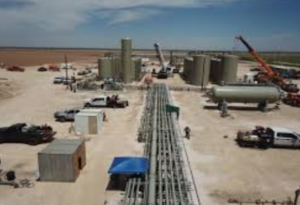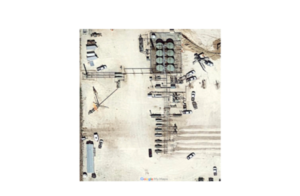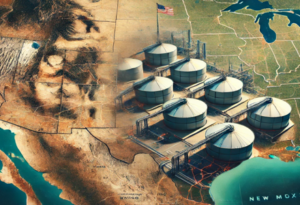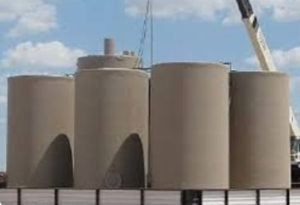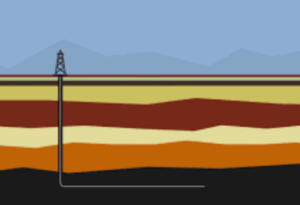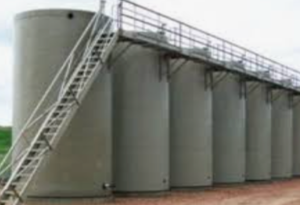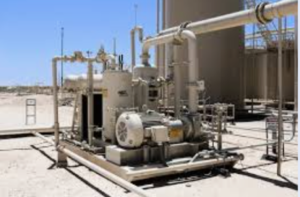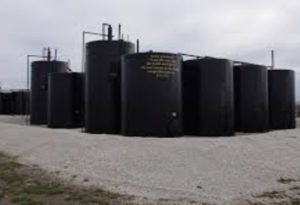The long-term durability of a tank base, which is a critical component in the oil and gas industry, is influenced by several factors. Ensuring the longevity and structural integrity of the tank base requires careful consideration of various elements.
Here are key factors affecting the long-term durability of a tank base:
- Material Selection:
- Corrosion Resistance: Choose materials that are resistant to corrosion, especially if the tank base is in contact with soil or other corrosive substances. Corrosion-resistant materials, such as certain grades of steel or corrosion-resistant coatings, contribute to long-term durability.
- Environmental Exposure:
- Weather Conditions: Consider the climate and environmental conditions where the tank is located. Extreme temperatures, humidity, UV radiation, and other environmental factors can impact the durability of materials over time.
- Foundation Design:
- Soil Analysis: Conduct a thorough soil analysis to understand the characteristics of the soil where the tank base will be installed. Different soil types have varying load-bearing capacities and potential for settlement, affecting the foundation’s long-term stability.
- Proper Drainage:
- Water Management: Implement effective drainage systems to prevent water accumulation around the tank base. Proper water management helps avoid issues related to moisture, such as corrosion, soil erosion, and the potential for settlement.
- Cathodic Protection:
- Corrosion Prevention: If the tank base is made of materials susceptible to corrosion, consider implementing cathodic protection systems. These systems help prevent corrosion by directing the corrosive process away from the tank material.
- Quality of Construction:
- Construction Practices: Ensure that the tank base is constructed using high-quality materials and follows industry best practices. Proper welding, fabrication, and construction techniques contribute to the long-term durability of the tank base.
- Protective Coatings:
- Corrosion Protection: Apply appropriate protective coatings to the tank base material to guard against corrosion. Regular inspections and maintenance of these coatings are essential for long-term effectiveness.
- Insulation Properties:
- Temperature Stability: Consider the insulation properties of the tank base material. If the tank stores materials sensitive to temperature changes, proper insulation helps maintain stability and minimizes thermal stresses over the long term.
- Load Distribution:
- Even Load Distribution: Ensure that the tank base is designed to distribute the load evenly across the supporting surface. This helps prevent uneven settlement and localized stress points that could compromise the tank base over time.
- Monitoring and Inspection:
- Regular Assessments: Establish a routine monitoring and inspection program for the tank base. Regular inspections help identify signs of deterioration, corrosion, settlement, or other issues early, allowing for timely corrective action.
- Regulatory Compliance:
- Adherence to Standards: Ensure that the tank base design and construction adhere to relevant industry standards and regulatory requirements. Compliance with standards, such as those set by the American Petroleum Institute (API), contributes to long-term reliability.
- Maintenance Practices:
- Preventive Maintenance: Implement a proactive maintenance plan that includes cleaning, inspections, and repairs as needed. Timely maintenance helps address issues before they escalate and extends the overall lifespan of the tank base.
By addressing these factors comprehensively, tank operators can enhance the long-term durability of tank bases, minimizing the risk of structural issues, corrosion, and other challenges that could compromise the integrity of the tank and pose environmental and safety risks.
Tank Base News


